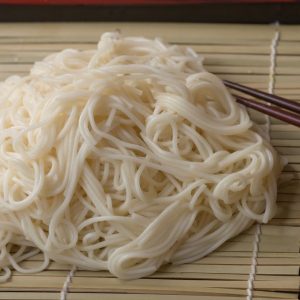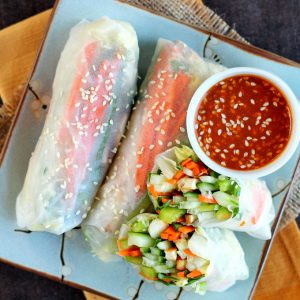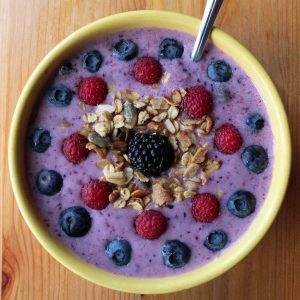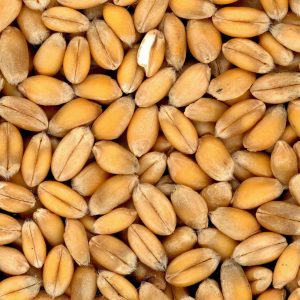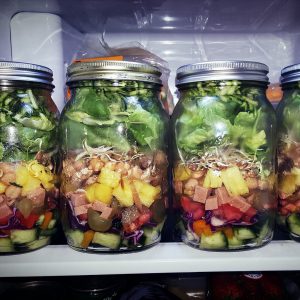Cacao or Cocoa? What’s the difference?
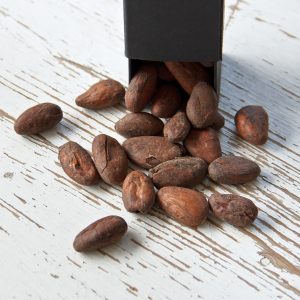

Would you prefer a chocolate dessert with cacao in it or one with cocoa in it?
You’re probably thinking that it’s the exact same thing, and maybe you didn’t even notice the different spellings. ;) While the two words are used interchangeably a lot of the time, the differences between cocoa and cacao run quite deep and could very well change the way you indulge your sweet tooth!
What is cacao?
Simply put, cacao is the purest form of chocolate. It’s derived from cacao beans, which grow on the cacao tree. Cacao beans are the main product in chocolate and all chocolate products.
Can it be eaten raw?
Absolutely! Raw cacao can usually be consumed in the following forms:
- Cacao nibs: Beans that have been chopped up into small, bite-sized pieces. They’re similar to chocolate chips, but without the sugar or fat. It retains all the nutritional aspects of the whole bean.
- Cacao powder: Grinding cacao beans produces a fine powder while separating out the fat part of the bean (cacao butter). It’s a good source of fiber and also has a high calorie content to boost energy levels.
- Cacao butter: This is the outer layer of fat that surrounds cacao beans. It has an appearance similar to white chocolate, which isn’t surprising given that it’s a primary component in making it. In addition to its culinary uses, cacao butter is also used in moisturizers and skin creams.
- Cacao paste: Don’t let the name confuse you! Cacao paste is actually a solid bark made of melted cacao beans. It can be used as a chocolate alternative in vegan desserts, or eaten by itself like a candy bar!
So what’s cocoa?
Cocoa is produced by heating cacao powder, and the most commonly available version doesn’t have any further additives mixed into it. As a result of the heating process, cocoa powder does have a lower nutrient content than raw cacao, but that doesn’t necessarily make it bad for you.
Isn’t it processed, though?
Yes, but processing isn’t necessarily a bad thing. For example, the purest form of cocoa powder is just heated cacao, as mentioned above, and still gives you a decent dose of antioxidants and essential minerals. Cocoa powder also has fewer calories than cacao powder, which might be a consideration when using it in dessert. It should be noted that most commercial brands of chocolate drink or shake mixes (such as those produced by Hershey's and Cadbury's) contain sugar, dairy (milk powder) and added fats that lower their nutritional value significantly.
Dutch-processed cocoa powder, also known as dark cocoa, doesn’t contain any additives except for an alkalising agent that neutralizes the slightly bitter taste of regular cocoa powder. An alternative would be to use regular cocoa powder with some baking soda.
Which one’s better for me?
Well, there isn’t really a clear answer to that. While cocoa does have fewer nutrients than cacao, there isn’t any real data on how much difference there is in the nutritional content. That being said, it seems to be more beneficial to seek out the raw form rather than the processed version to get all the nutrition with none of the additives.
It has also been shown that dairy products inhibit the absorption of antioxidants from raw cacao. So that should be an easy choice for vegan desserts!
Sumati MendaNEWSLETTER SIGNUP
Never miss a post from VeggieBuzz!
Sign up for our newsletter to get the latest VeggieBuzz content delivered right to your inbox.









